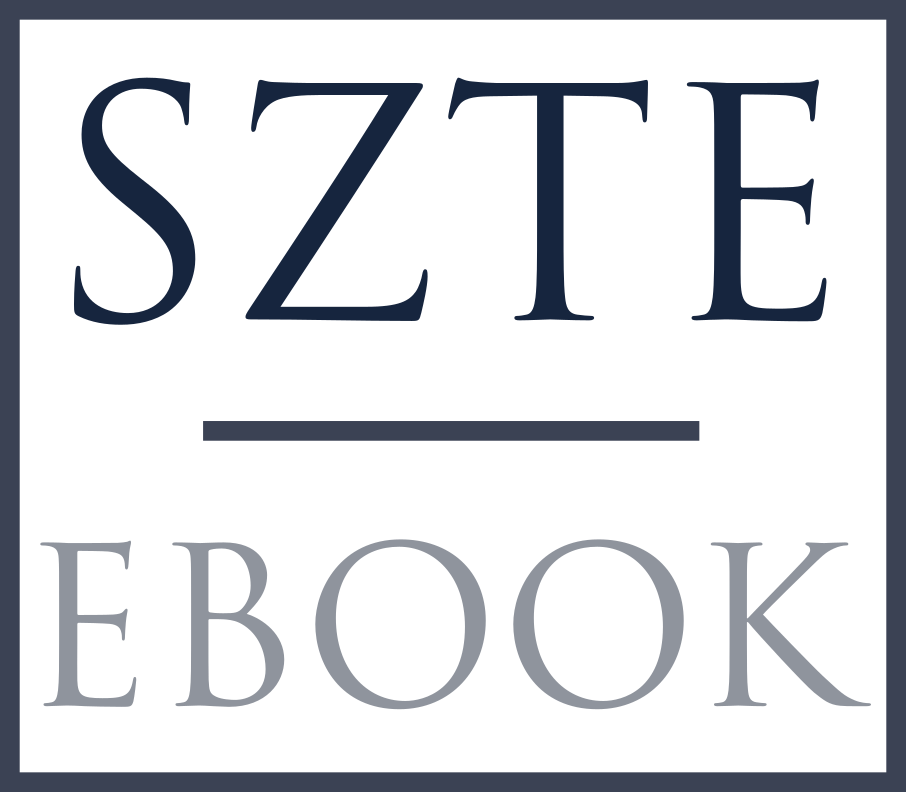Типология переключения кодов на примере русско-финских и нганасанско-русских языковых контактов
Tartalom
Code switching typology completed in 1998 and partially revisited in 2013 (Auer 1998; 2013) is discussed and applied in the analysis of Russian speakers living in Finland and of Nganasan speakers living on the Taimyr Peninsula, Russian Federation. According to the code-switching typology, there are broadly seen three stages of codeswitching: code switching proper (I), code mixing (II) and mixed language (III). They form a one-directional continuum in language-contact situations, so that the direction from the first stage towards the third one cannot be reversed and, on the other hand, there is no clear boundary between the two consecutive stages. Both Finno-Russians and Nganasans use the other language in the interaction. Finno-Russians use Finnish in their Russian speech and Nganasans use Russian in their Nganasan-language interaction. All in all, language alternation of both groups varies between code-switching and code-mixing. Short and phono-morphologically integrated passages in the other language usually do not include interaction or narrative relevant meaning. Code-switched excerpts meaningful from the narrative or interaction viewpoint are longer and form the other-language islands. The status of the languages in society and the interaction type construct, respectively, macro- and micro-frameworks for language choice and the possibility of language alternation.


